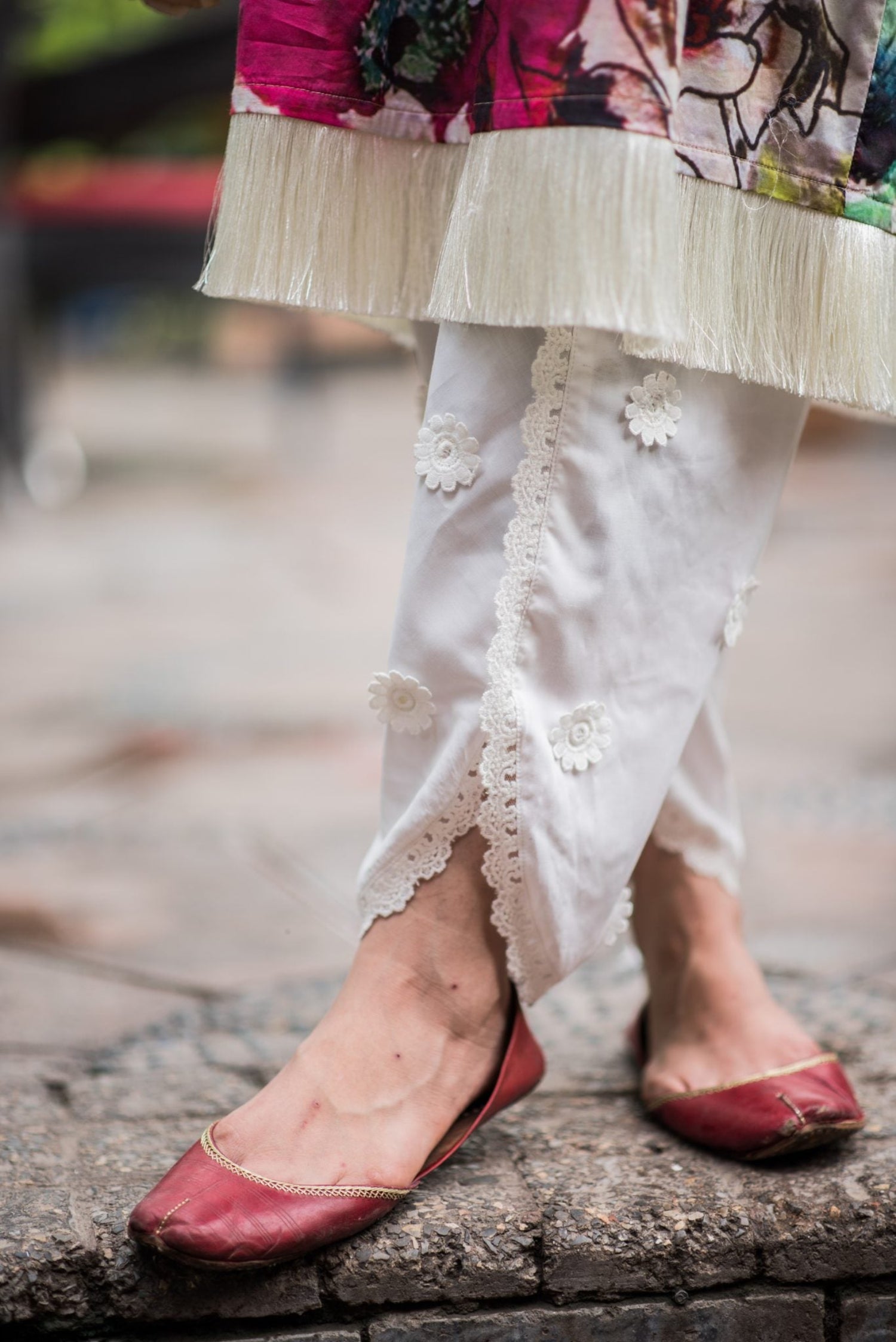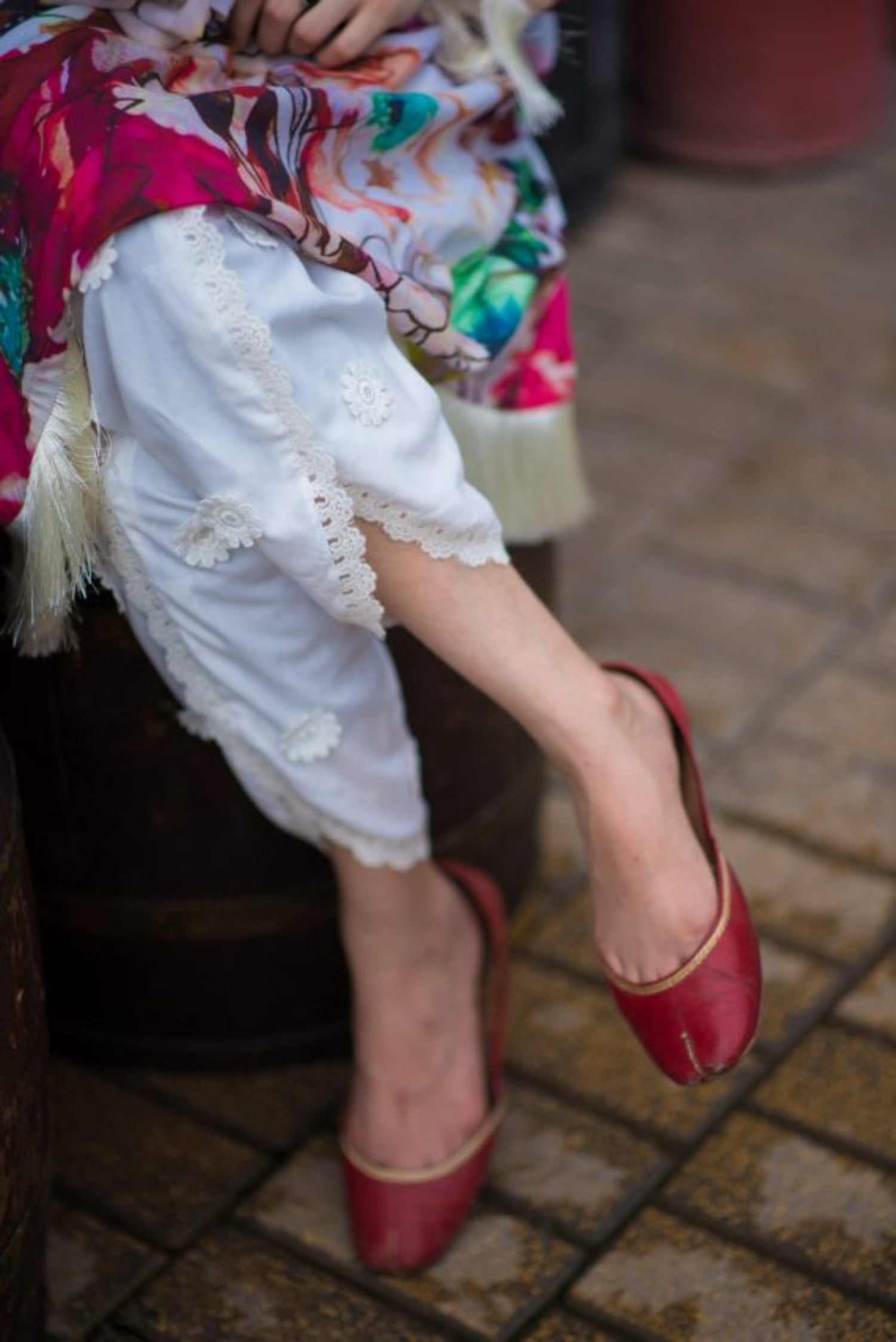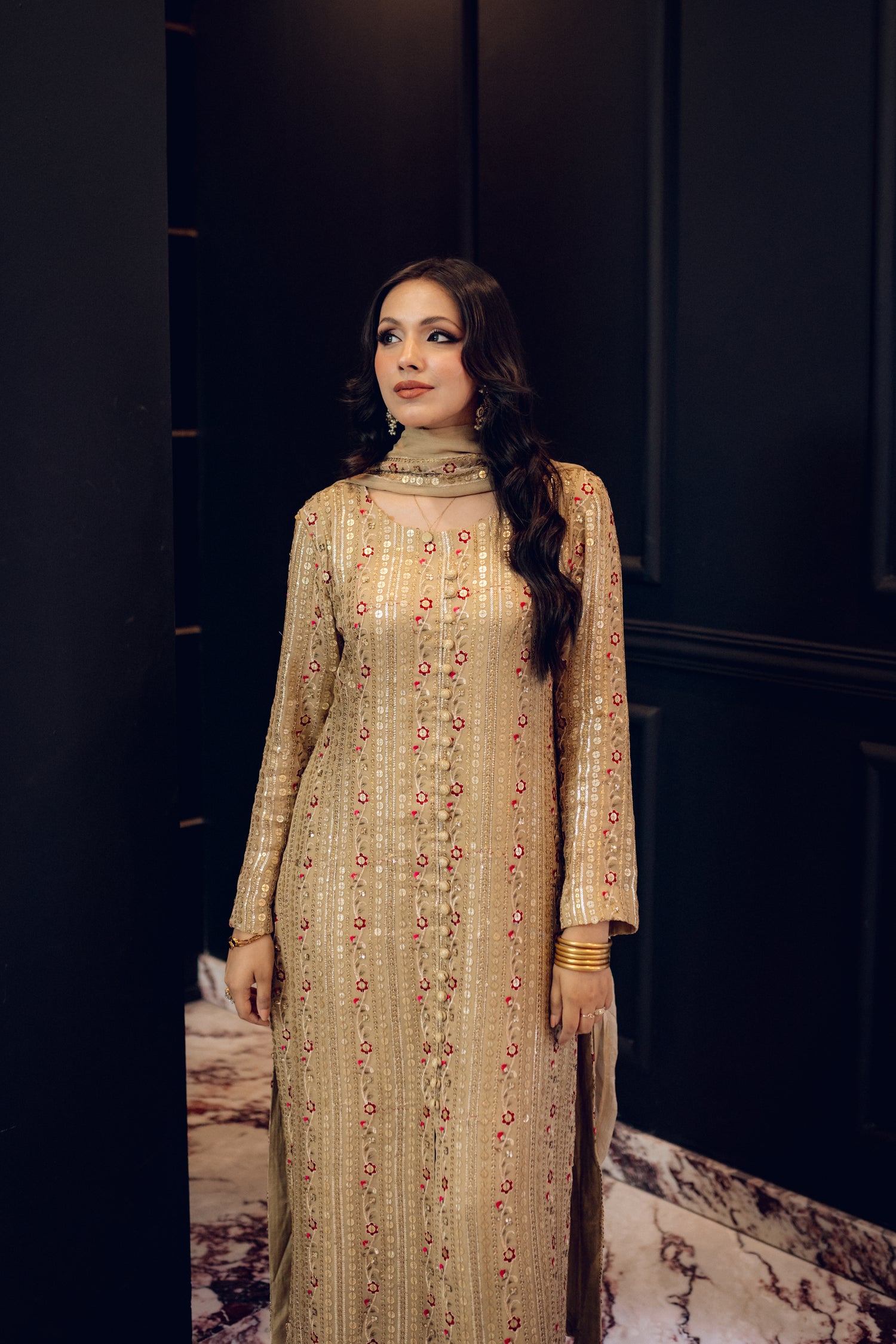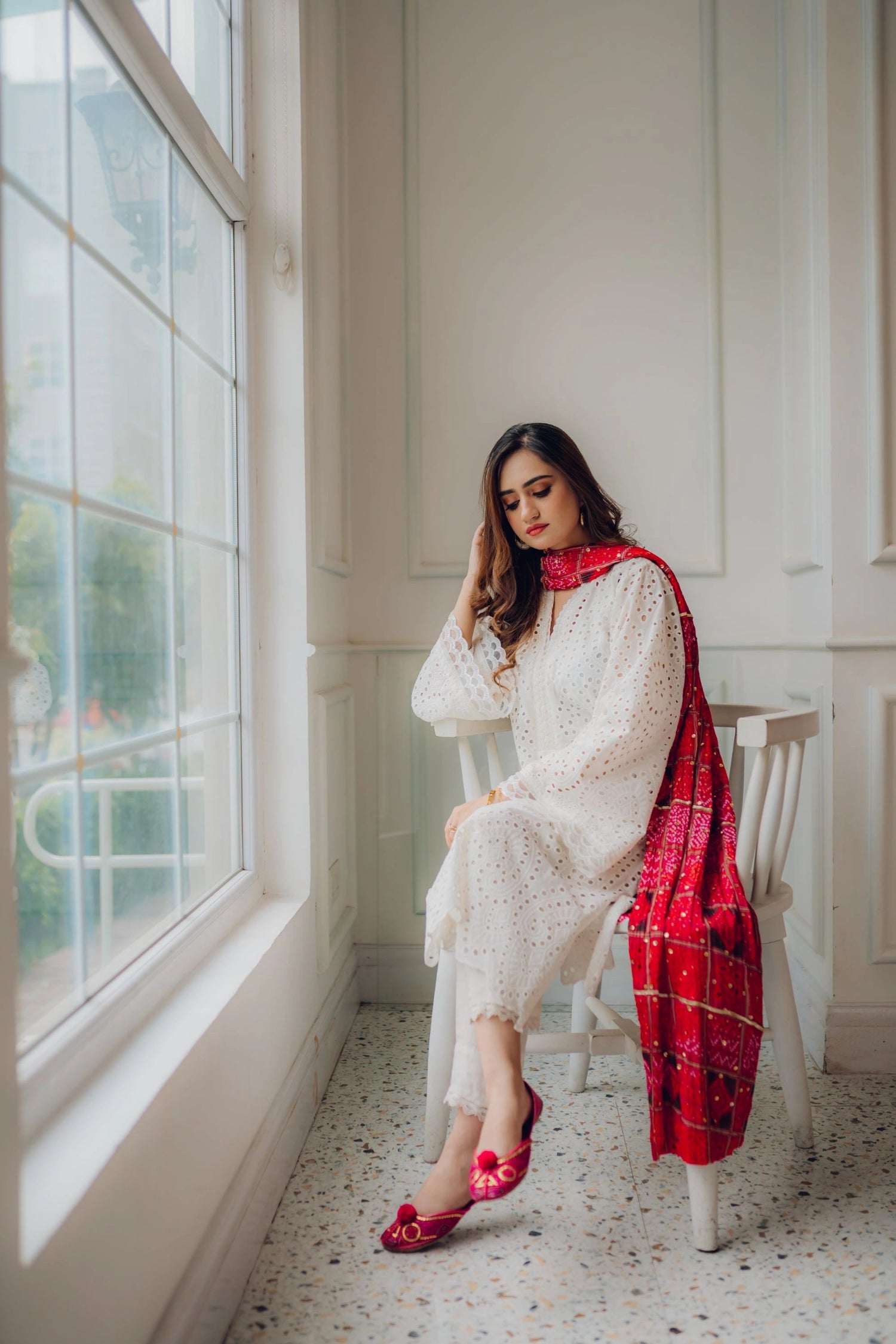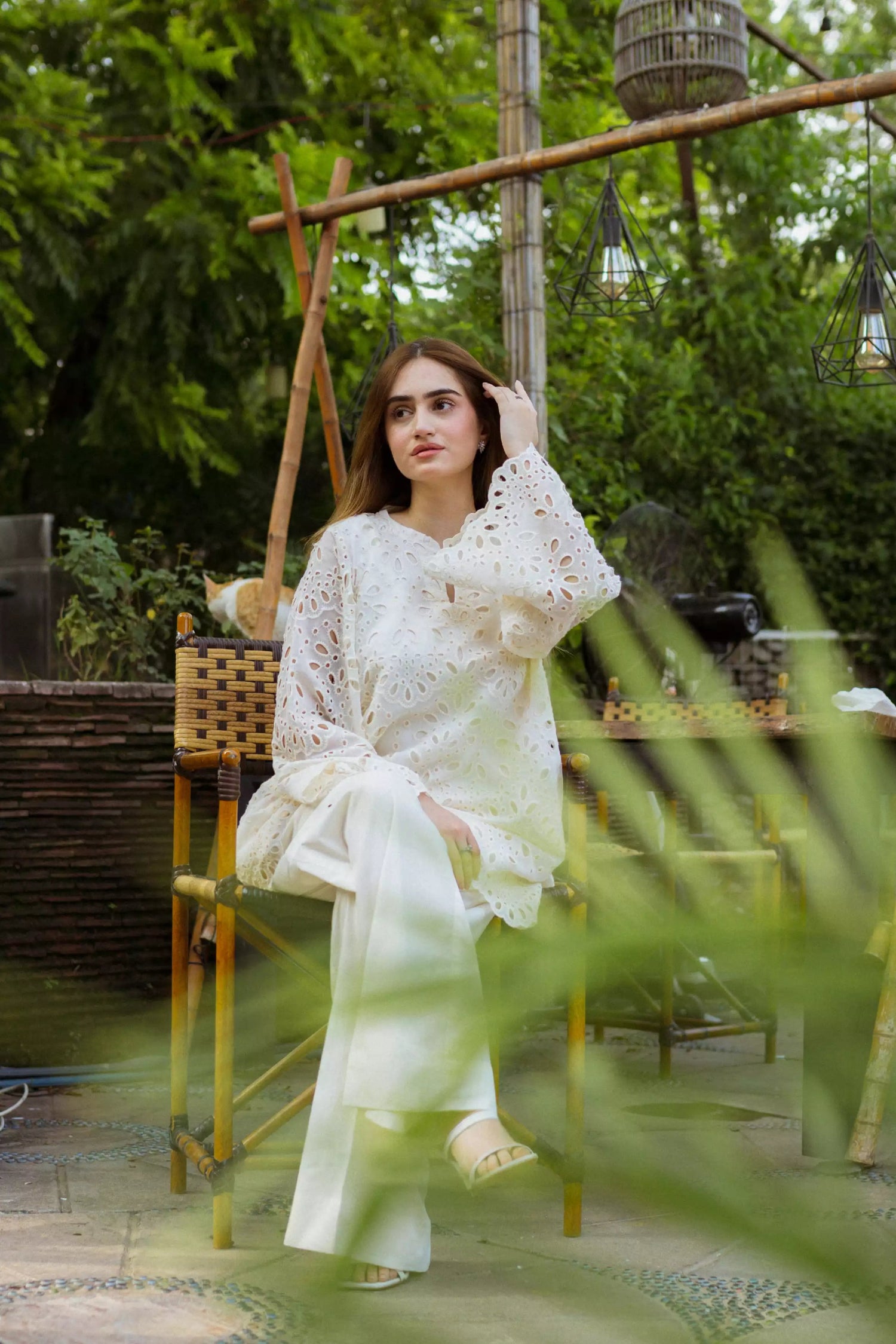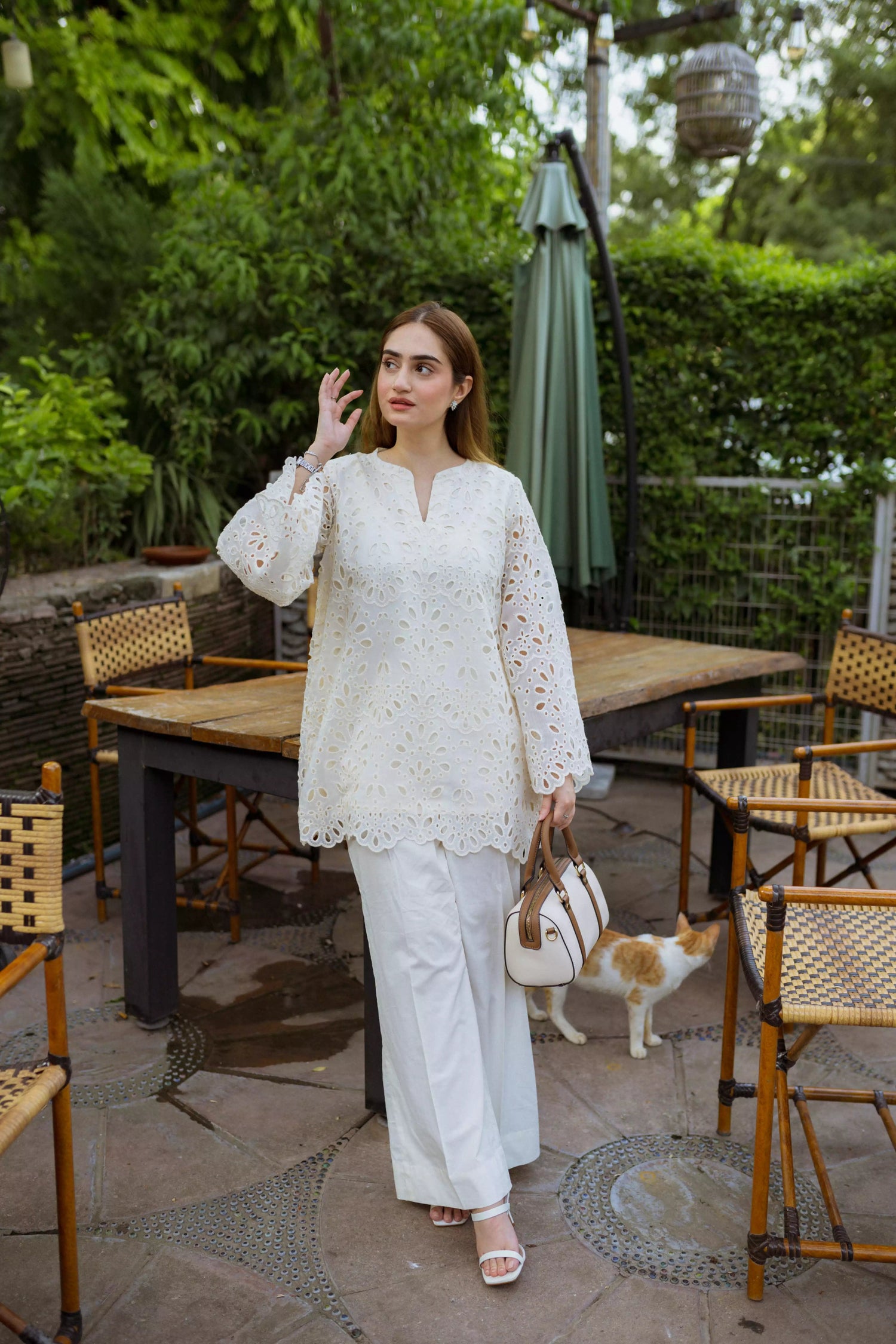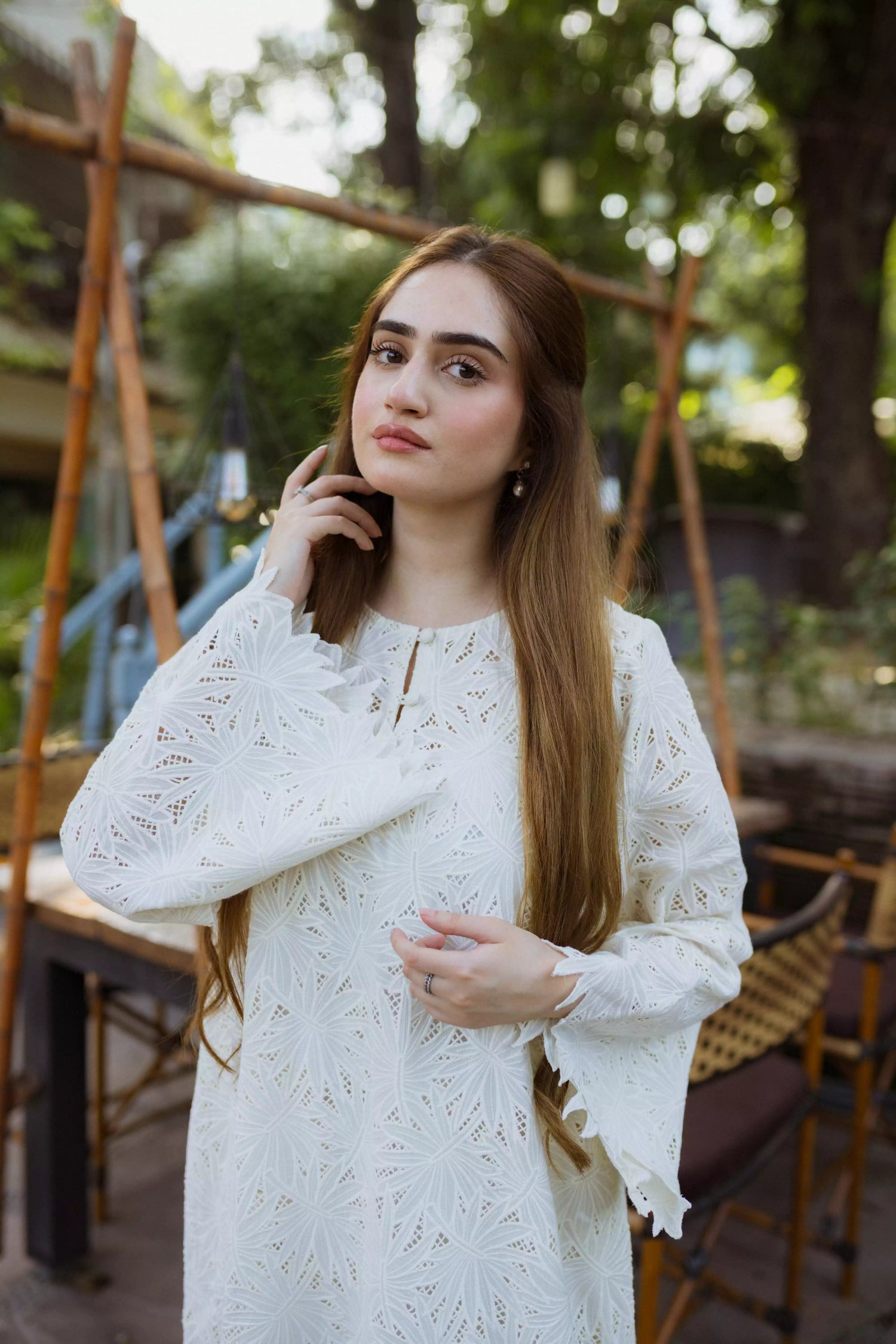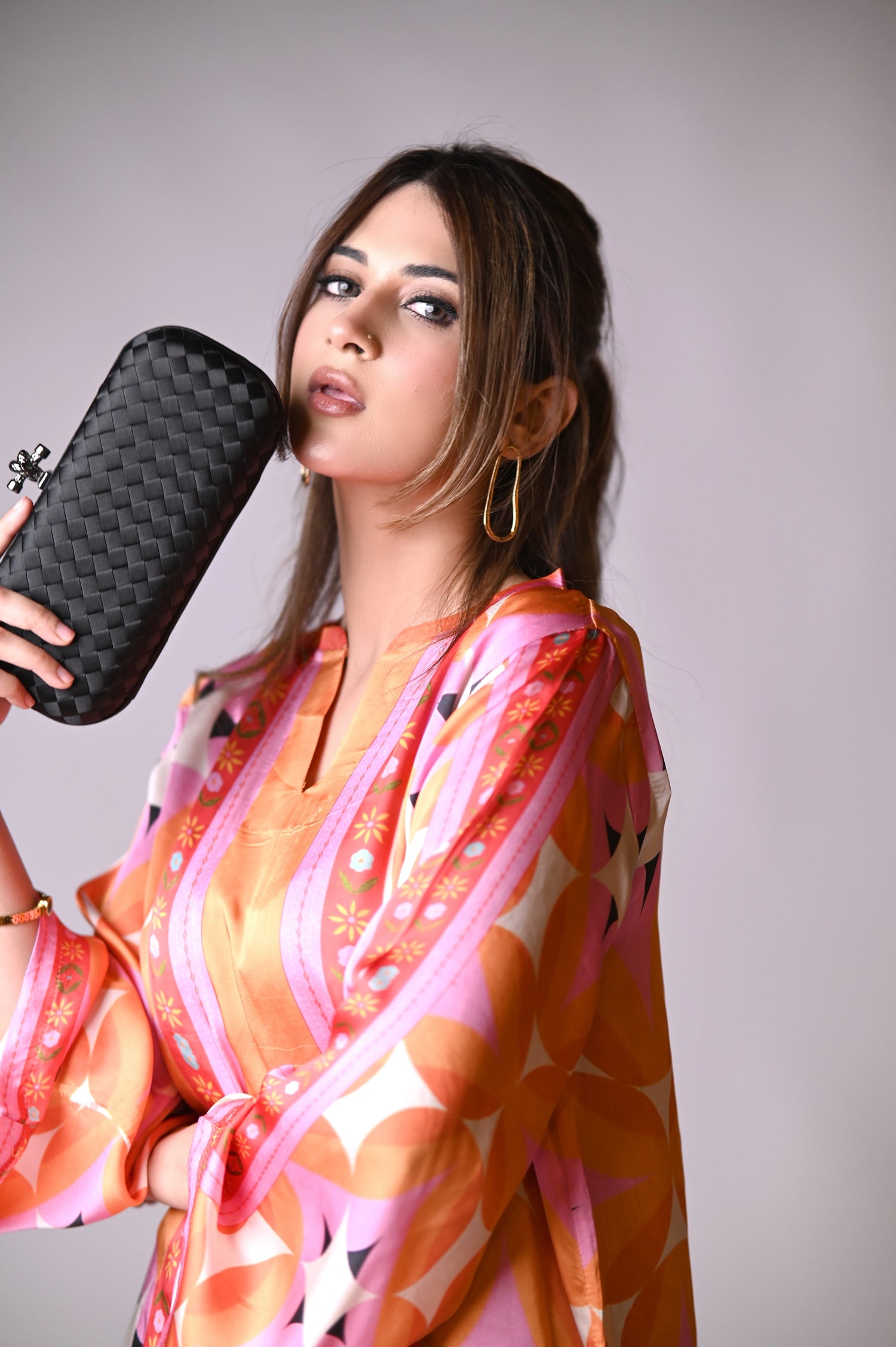The influence of traditional jewelry on modern fashion runways represents a dynamic and captivating interplay between heritage and contemporary style. This phenomenon signifies a departure from purely modern and minimalistic trends, as designers increasingly draw inspiration from the rich history and cultural significance of traditional jewelry. Here's an exploration of how traditional jewelry has made its mark on the modern fashion landscape:
1. Bridging the Past and Present:
Bridging the Past and Present in the realm of traditional jewelry signifies a deliberate fusion of centuries-old craftsmanship and profound cultural symbolism with the dynamic landscape of modern fashion runways. With roots deeply embedded in historical techniques and meaningful cultural narratives, traditional jewelry becomes a conduit for storytelling and a tangible link to bygone eras. Designers are captivated by the idea of harmonizing the rich heritage encapsulated in these adornments with contemporary aesthetics, creating a compelling dialogue between time-honored techniques and the evolving tastes of today. This intentional interplay not only revitalizes ancient craftsmanship but also ensures that the cultural significance and artistic mastery inherent in traditional jewelry remain relevant and celebrated in the vibrant tapestry of modern fashion.

2. Cultural Narrative and Authenticity:
Cultural Narrative and Authenticity are at the heart of traditional jewelry's impact on modern fashion, as these adornments carry a profound cultural narrative, encapsulating the heritage, beliefs, and traditions of specific communities. When designers integrate these elements into contemporary fashion collections, they breathe authenticity into their creations. Traditional jewelry becomes a vessel for cultural stories, forging a tangible link to a community's identity. The authenticity embedded in these pieces resonates deeply with a diverse audience that seeks more than just stylish accessories – they yearn for a connection to meaningful stories, fostering a sense of cultural appreciation and understanding through the medium of fashion.
3. Celebrating Diversity:
The celebration of diversity in the fashion industry is vividly exemplified by the influence of traditional jewelry on runways. This phenomenon marks a significant shift towards embracing a rich tapestry of cultural expressions. Designers, recognizing the beauty in the traditions of various cultures, actively explore and incorporate diverse jewelry styles, effectively transcending geographical boundaries. The result is a global and inclusive showcase of adornments that speaks to the universality of human expression. This approach not only broadens the horizons of fashion but also fosters a more comprehensive representation of beauty and style. Traditional jewelry becomes a medium through which the unique and exquisite aesthetics of different cultures are celebrated, contributing to a more vibrant and interconnected fashion landscape.
4. Reinterpretation of Traditional Techniques:
The reinterpretation of traditional jewelry-making techniques on modern fashion runways represents a dynamic blend of historical craftsmanship and avant-garde design. Whether incorporating filigree work, intricate beadwork, or metal casting methods, designers embark on a creative journey to adapt age-old techniques for contemporary expression. This fusion of old-world craftsmanship with modern design sensibilities breathes new life into traditional methods, giving rise to truly unique and innovative creations. The juxtaposition of ancient techniques with cutting-edge aesthetics not only honors the heritage of craftsmanship but also propels these techniques into the realm of the contemporary. The result is a captivating marriage of the classic and the avant-garde, where traditional jewelry-making techniques become a source of inspiration for pushing the boundaries of design in the ever-evolving world of fashion.

5. Symbolism and Meaning:
Symbolism and meaning take center stage when traditional jewelry graces the runways of modern fashion. Each element of traditional jewelry carries specific meanings deeply rooted in cultural heritage. On this elevated platform, designers become storytellers, using these symbols to weave narratives and convey messages through their collections. This intentional infusion of symbolism adds layers of depth to the fashion narrative, transforming jewelry into more than just an accessory. The wearer becomes a participant in a visual storytelling experience, forging a profound connection with the piece that goes beyond its aesthetic appeal. In this way, traditional jewelry becomes a medium through which designers communicate cultural stories, values, and sentiments, fostering a richer and more meaningful dialogue between fashion and personal expression.
6. Redefining Luxury:
The incorporation of traditional jewelry on modern runways initiates a paradigm shift in the definition of luxury within the fashion industry. This departure challenges conventional notions that once exclusively emphasized precious stones and metals as markers of opulence. The contemporary reinterpretation of luxury encompasses not only the material value but also places significant importance on cultural richness, craftsmanship, and the narrative woven into each piece. By highlighting the unique stories and intricate skills behind traditional jewelry, this shift broadens the perspective of luxury. It invites a more holistic and inclusive understanding, where the authenticity and cultural significance of adornments are recognized as integral components of true luxury in the fashion world. In this evolving landscape, the narrative, craftsmanship, and cultural depth become essential elements that contribute to the elevated status of jewelry on the modern runway.
7. Influence on Consumer Preferences:
The prevalence of traditional jewelry in high-fashion settings significantly influences consumer preferences, sparking a discernible shift in what individuals seek from their adornments. The growing presence of traditional jewelry on runways has cultivated a heightened interest among consumers for pieces that carry cultural significance, authenticity, and a unique narrative. This shift reflects a broader movement towards a more conscious approach to personal style, with consumers actively moving away from mass-produced, generic accessories. Modern consumers are increasingly drawn to pieces that not only reflect their aesthetic preferences but also serve as tangible connections to diverse cultures and stories. Traditional jewelry, with its inherent depth and authenticity, has become a symbol of individuality and a conscious choice, shaping a new era in which consumers actively seek to make meaningful, culturally resonant statements through their fashion choices.
8. Empowering Artisans and Local Communities:
The incorporation of traditional jewelry styles into modern fashion collections presents a unique opportunity to empower artisans and uplift local communities. Designers who engage in collaborations with skilled craftsmen from various regions contribute to the preservation of traditional techniques and support sustainable practices. These collaborations not only showcase the unique talents of artisans but also provide them with a platform to share their cultural heritage with a global audience. By integrating traditional jewelry into high-fashion contexts, designers create economic opportunities for local communities, fostering a sense of pride and sustainability. The empowerment of artisans becomes a tangible outcome, as their craftsmanship is not only acknowledged but also celebrated on an international stage, contributing to the longevity of traditional skills and the well-being of the communities involved.
In summary, the influence of traditional jewelry on modern fashion runways signifies a shift towards a more inclusive, diverse, and meaningful approach to style. Designers act as cultural custodians, weaving narratives of heritage and craftsmanship into their collections. This not only elevates the aesthetic appeal of modern fashion but also deepens the connection between fashion enthusiasts and the cultural stories embedded in their jewelry. The result is a fashion landscape that honors the past while boldly stepping into the future.

